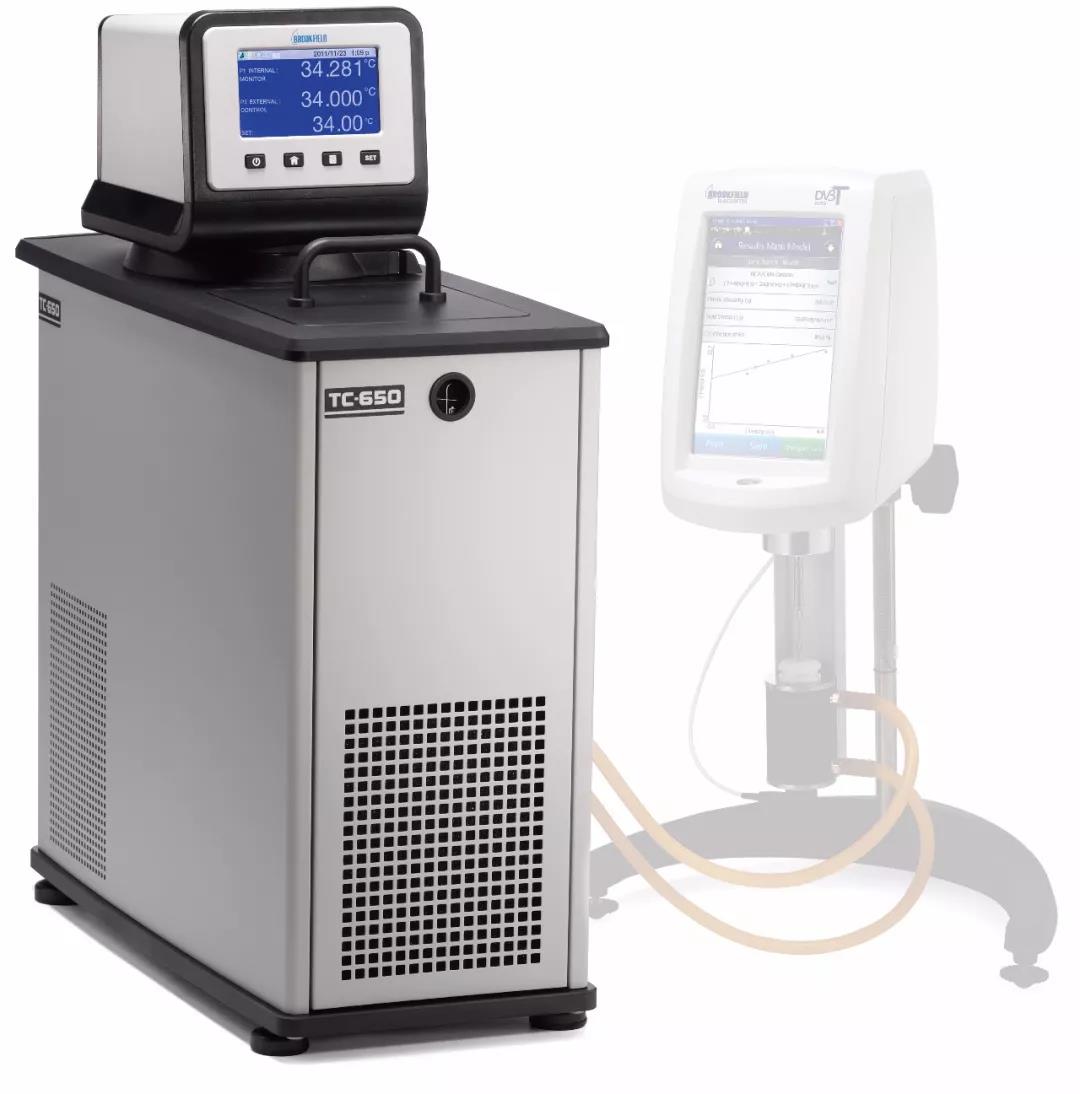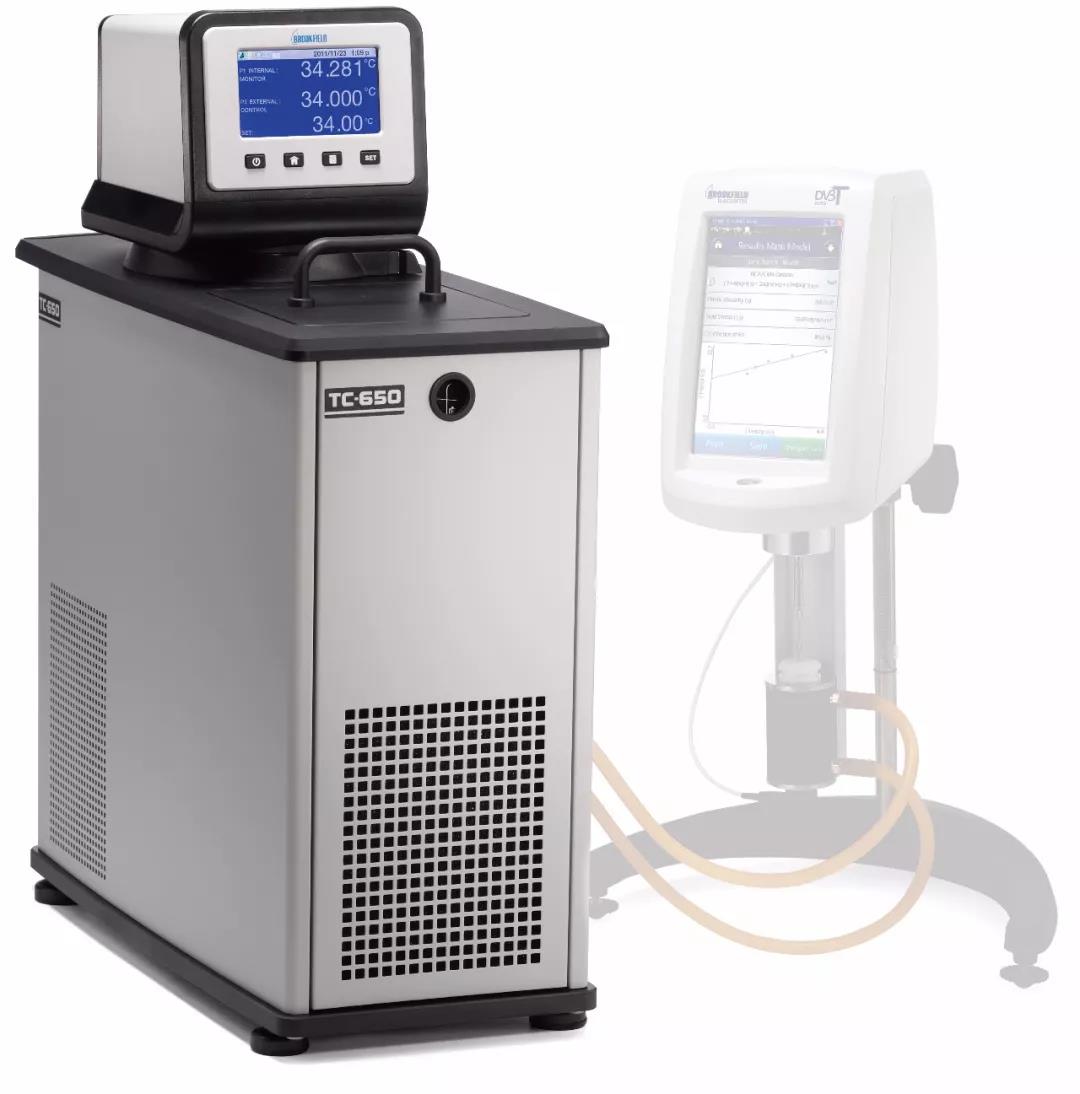01 lithium battery introduction
Lithium-ion battery is a new generation of secondary battery after lead-acid battery, cadmium-nickel battery and hydrogen-nickel battery. It has high working voltage, high capacity, small self-discharge, long cycle life, no memory effect, no environmental pollution and working temperature. Significant advantages such as wide range, has been widely used in portable electronic devices such as mobile phones and notebook computers since its inception. Today, lithium batteries are considered to be recognized as ideal energy storage components and have received more attention.
02 Lithium battery slurry viscosity control significance
The lithium ion battery slurry is prepared by dispersing the active material (positive and negative electrode materials), a binder, a conductive agent, and the like uniformly in a solvent by stirring. Viscosity is one of the important factors affecting the slurry of lithium ion batteries. It not only affects the flow properties of the slurry, but also the consistency and height of the viscosity will affect the uniformity and coating efficiency of the subsequent coating. If the viscosity is too high or too low, it is not conducive to the pole piece coating. The slurry with too high viscosity has poor leveling property, which is not suitable for coating. Although the viscosity of the slurry is too low, the drying is difficult and the coating is lowered. The drying efficiency also causes coating cracking and slurry particle agglomeration problems.
Therefore, the electrode paste needs to have a stable and appropriate viscosity, which is an important indicator for ensuring battery consistency during battery production. As the mixing ends, the stirring stops, and the slurry will precipitate, flocculate and the like, resulting in large particles, which will have a greater impact on the subsequent coating and other processes. The main parameters characterizing slurry stability are fluidity, viscosity, solids content, density, and the like. Different slurry systems have different viscosity changes. The electrode slurry is composed of a plurality of raw materials with different specific gravities and different particle sizes, and is a solid-liquid phase mixed dispersion, which is a typical non-Newtonian fluid. The viscosity of non-Newtonian fluids is related to shear rate, time, and shear thinning or shear thickening, in addition to temperature.
03 Lithium battery viscosity measurement
This article uses the DV3T standard rheometer with a small sample adapter SSA (shown in Figure 1) to measure the viscosity of a lithium-ion battery paste, designed to help users establish the viscosity of product quality control during the production and preparation of the product. Test Methods.


Figure 1 SSA+TC series water bath circulation system
The TC-650 AP water bath cycle system is used to control the sample temperature (test temperature is 25 ° C), use Rheocalc T software to connect to the host, program editing and data acquisition, draw viscosity curve. Take a certain amount of the prepared lithium ion battery slurry in the sample cup of the SSA, slowly immerse the rotor into the sample, and then connect the viscometer main unit and the TC-650 AP water bath circulation system. Edit the appropriate test procedure on the Rheocalc T software and start measuring after the sample temperature has stabilized. Select "Multi Point" mode for data acquisition, the test time is 120s, the data acquisition interval is 10s, a total of 12 data points are collected, and the viscosity change data and temperature control stability during the test are observed.

According to Fig. 2, the test stability was very good when the temperature was controlled by a water bath under a constant shear rate, and the average viscosity of the 12 data points was 3685 cP, and the relative standard deviation was 0.08%. The Brookfield Digital Viscometer's unique continuous sensor ensures real-time and accurate test data output. In addition, the temperature was very stable during the test and was always maintained at 25 ± 0.01 °C.
The sample volume required for the SSA test is only 2-16mL (the specific sample size is related to the rotor type used), which can effectively save the test cost and improve the test efficiency. The SSA can be calculated using the coaxial cylindrical rotor and the matching sample cup. Shear rate and shear stress give absolute viscosity; TC series circulating water bath system can control temperature up to 0.01 °C, providing accurate and stable temperature conditions for viscosity testing.
04 Application Overview
As one of the world's best known viscometer/rheometer manufacturers, AMETEK Brookfield is committed to providing customers with consistent quality, high measurement accuracy and good repeatability. The Brookfield Viscometer measures up to ±1% of the full-scale measurement range with repeatability of ±0.2%. For individual viscosity testing needs, we offer a personalized solution that perfectly fits the analytical needs of users in a variety of industries.
The RST rheometer offers comprehensive rheology testing for perfect rheology analysis in both quality control and R&D. The RST series rheometer has two modes of controlling shear rate and shear stress, and is especially suitable for measuring the viscosity and rheological curve of non-Newtonian fluid under steady flow. In addition, it can measure rheological properties such as viscoelasticity, yield stress and thixotropic properties in unsteady shear flow and creep conditions.
Zhoushan Fudan Tourism CO., LTD , https://www.fudanfood.com